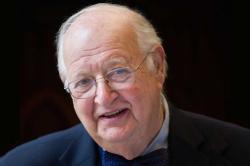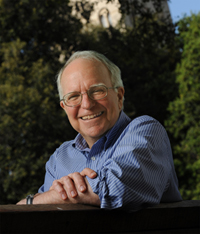The Brookings Institution is committed to quality, independence, and impact.
We are supported by a diverse array of funders. In line with our values and policies, each Brookings publication represents the sole views of its author(s).

Research
BPEA | 1985 No. 2



1985, No. 2
THE RELATIONSHIP between consumer spending and income is one of the
oldest statistical regularities of macroeconomics-and one of the sturdiest.
Like the aging movie star, it needs a little touching up now and
again, but always seems to come bouncing back.
A dozen years ago, both the theoretical derivation and the econometric
form of the aggregate consumption function were considered settled.
Most economists adhered to one of two ways of putting Fisher’s theory
of intertemporal optimization into operation: Milton Friedman’s permanent
income hypothesis (henceforth, PIH) or Franco Modigliani’s
life-cycle hypothesis (henceforth, LCH). ‘ Since each variant seemed to
have sound theoretical underpinnings, and since the two had similar
econometric forms that explained the data well and had similar implications
for policy, there was not a great deal to quarrel about. Perhaps the
most contentious empirical issue was the apparently large marginal propensity to consume out of transitory income, which was variously
explained by a “short horizon” (that is, a high discount rate) or by
liquidity constraints.